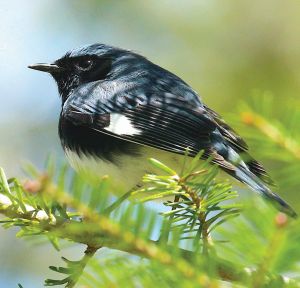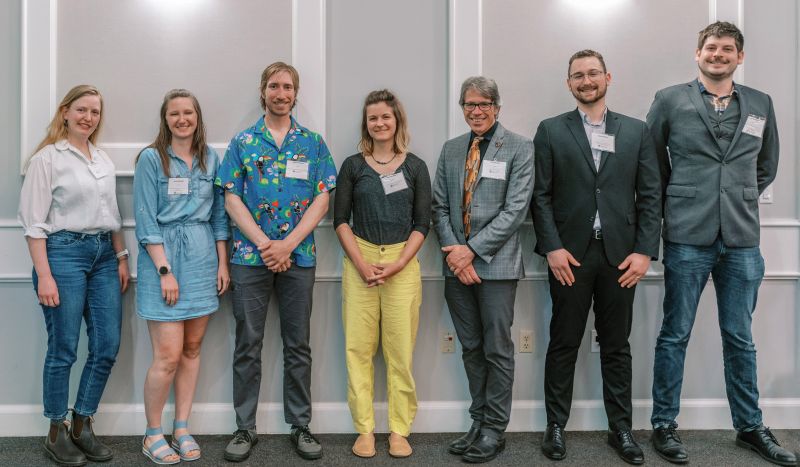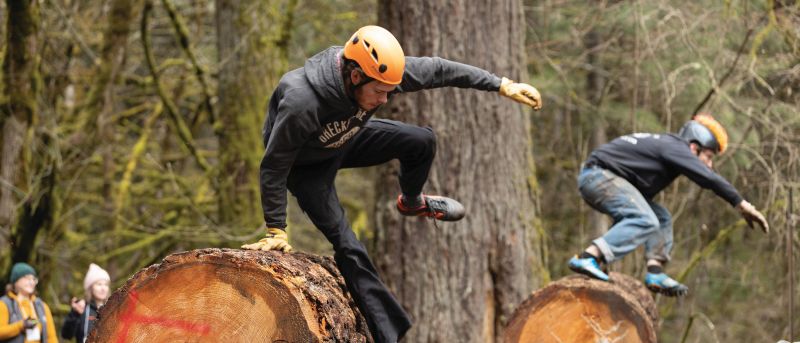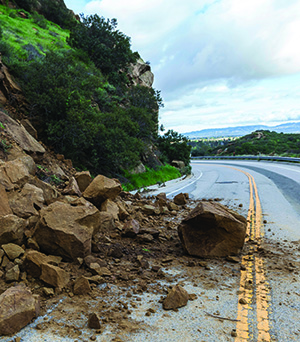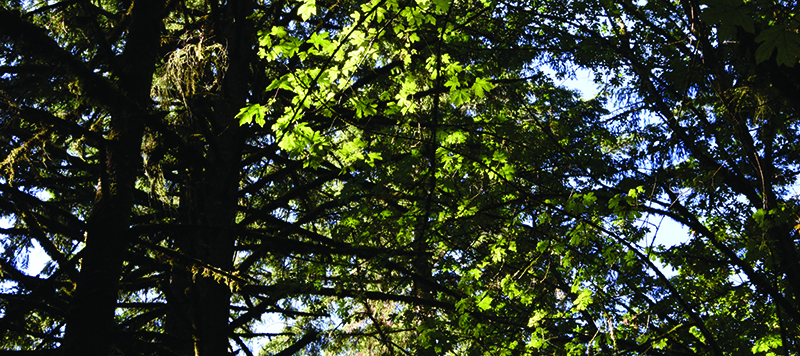Forestry and Natural Resources (FNR) Extension fosters stewardship of Oregon’s forests
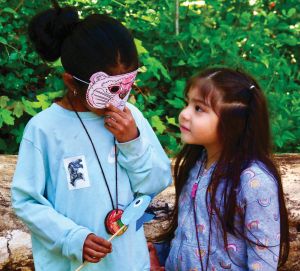
Get Outdoors Day returns
Sponsored by the OSU Research Forests, FNR Extension, the Benton County Health Department and Linn and Benton counties, Get Outdoors Day returned to the Peavy Arboretum for the first time since 2019. The theme was “Returning to the Forest,” and the day featured bilingual activities, self-guided tours, fishing and more. More than 20 organizations from the Willamette Valley worked together to host the event, dedicated to encouraging healthy, inclusive outdoor recreational opportunities.
Teaching youth to value forests
Associate Professor Alicia Christiansen, the FNR Extension agent for Douglas County, hosted the 60th annual Douglas County School Forestry Tour at the Glide Educational Forest in April. Students learned about topics such as wildlife, forest products, forest management, fire management, fisheries and hydrology, tree identification and archeology. They were also able to participate in activities like choker races and using crosscut saws. FNR Extension foresters like Christiansen are in the community teaching the public, including young people, about the value of Oregon forests.
Fire program expands outreach
The FNR Extension Fire program has a mission to teach all Oregonians how to be prepared for wildfires. The program developed and translated informational cards in Spanish about basic wildfire preparedness for the home, simple actions to reduce wildfire impact before it strikes, how to be smoke ready and tools to support mental health before, during and after a wildfire. The program also offers online resources for those who can’t attend in-person events, such as a recent webinar on preparing for wildfire season in Benton County.
Research shows Klamath Mountain Douglas-firs in ‘decline spiral’
A study by FNR Extension found there are multiple factors in the decline of Douglas-fir trees in the Klamath Mountains of southern Oregon. Douglas-fir growing on hot, dry sites are further stressed by drought and then left susceptible to flathead fir borers. The researchers, including Extension agent and Associate Professor Max Bennett and Professor and Forest Health Specialist David Shaw, developed a measuring tool that landowners and managers can use to predict a stand’s chance of infestation by borers, other insects and fungi to understand mortality risks.
Tree School returns in Oregon
Tree Schools, which are mini-colleges for people who love forests, were held this spring in Clackamas and the Oregon coast, and in early summer in Eastern Oregon. Participants include family forestland owners, foresters, loggers, arborists, teachers and the public. Classes are taught by FNR Extension foresters, natural resource professionals and experienced local landowners. Each year, regional Tree Schools are hosted in various counties around the state of Oregon.
Helping Oregon’s woodland owners manage their land
The Master Woodland Manager training is offered by FNR Extension as a high level course for private landowners who are interested in intensive forest management training and sharing the knowledge gained through this training with people in their local communities. The program addresses technical forestry topics such as forest planning and management, reforestation, wildfire, fire, timber harvesting and more. More than 600 landowners have been trained through the program, and in 2022, participants reported 3,400 hours of volunteer public education in their communities.
A version of this story appeared in the Fall 2023 issue of Focus on Forestry, the alumni magazine of the Oregon State University College of Forestry.

